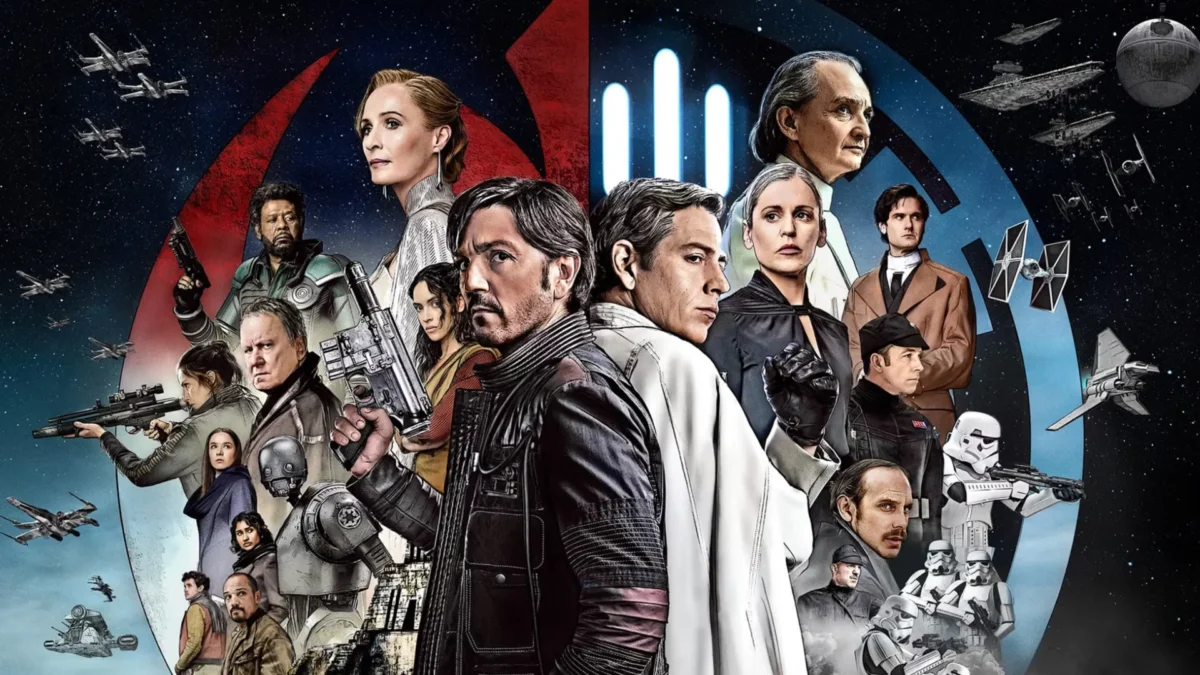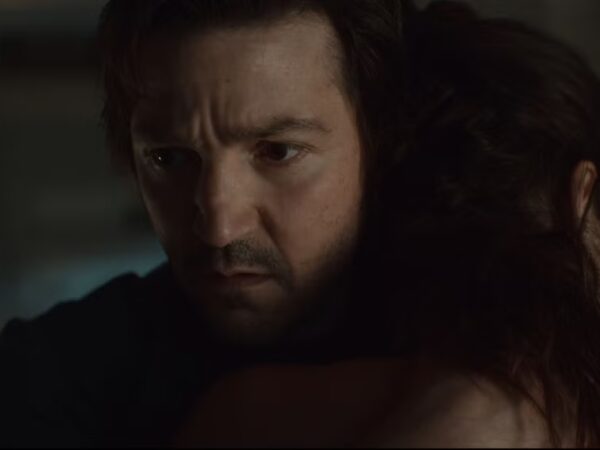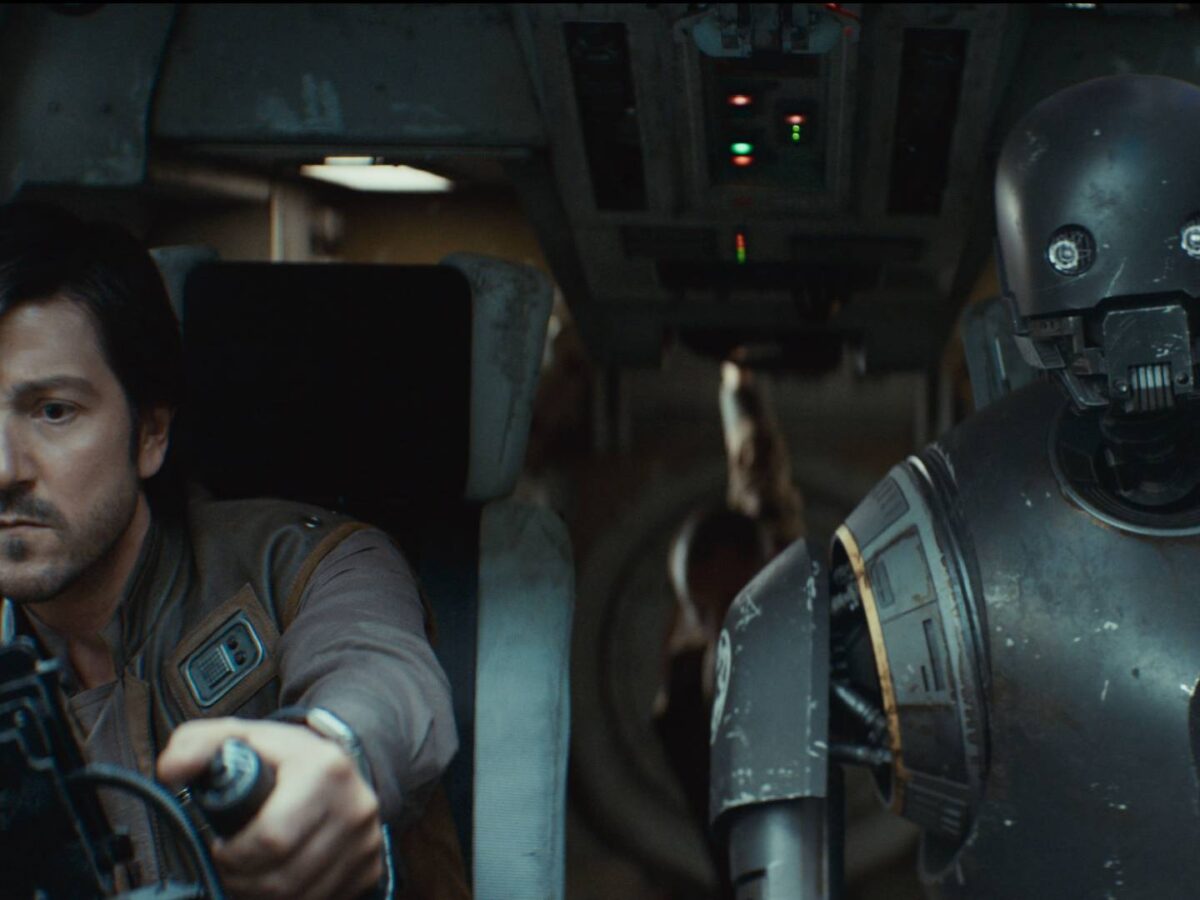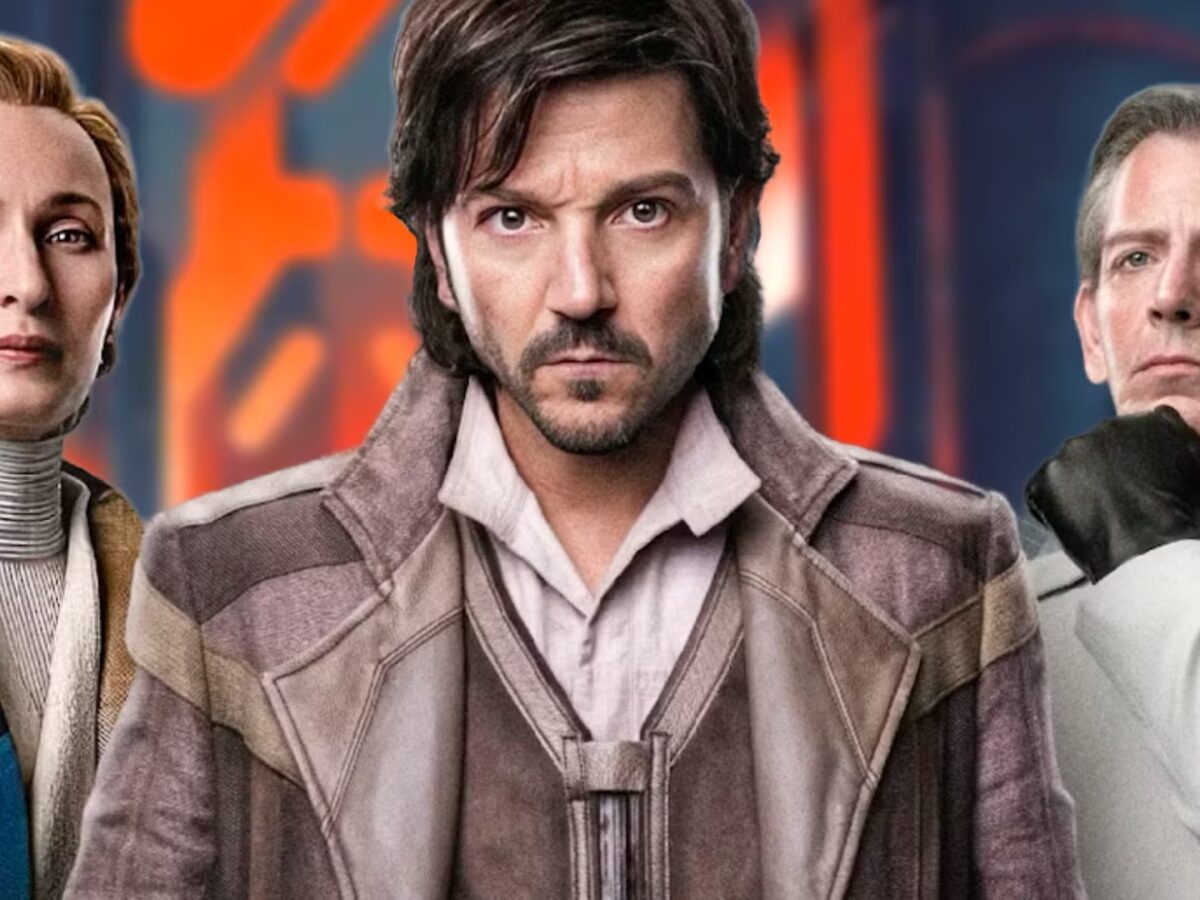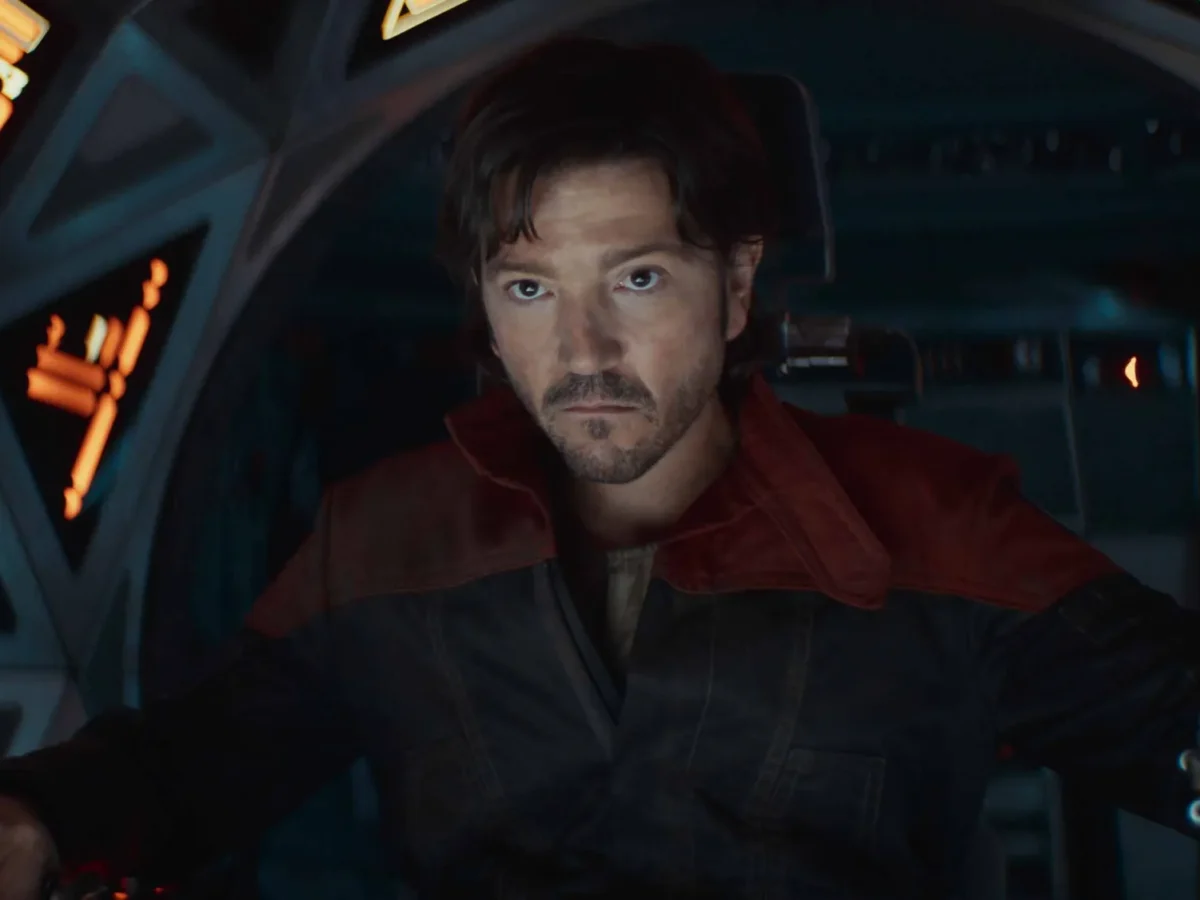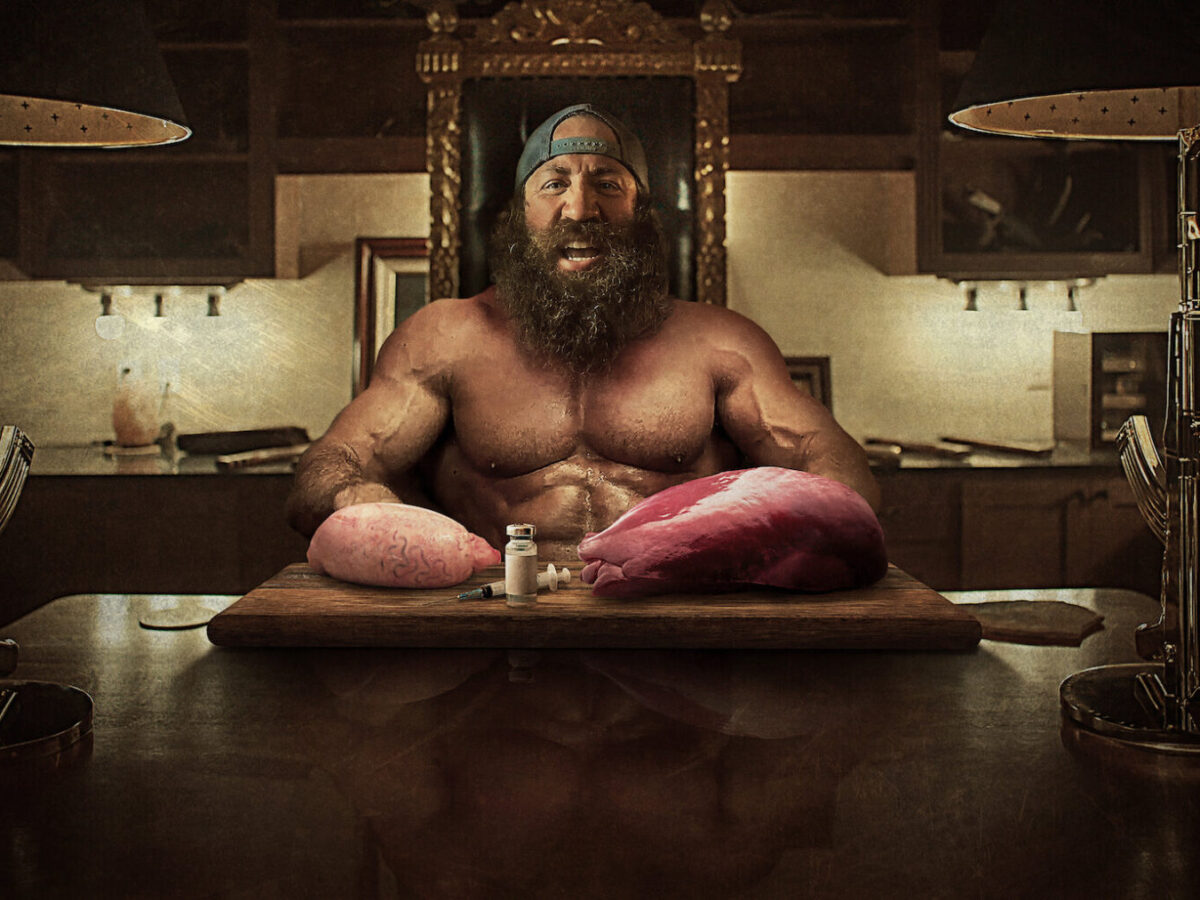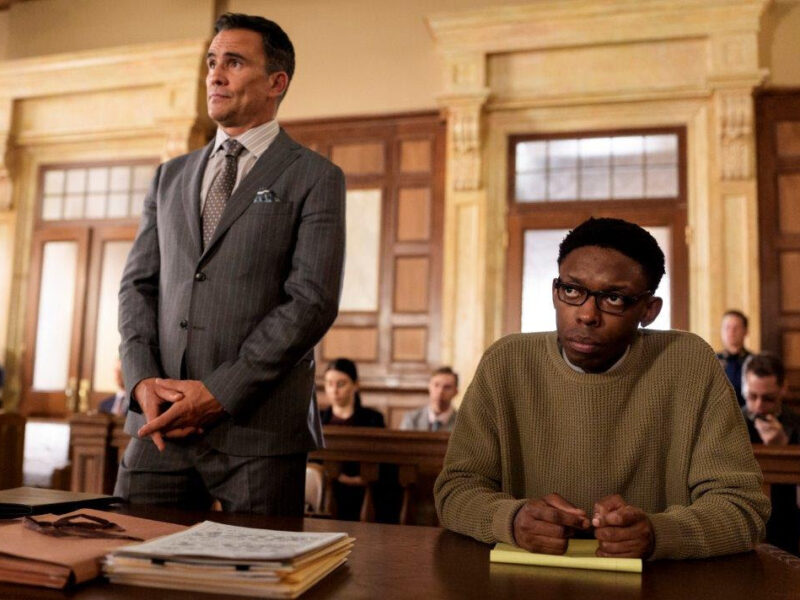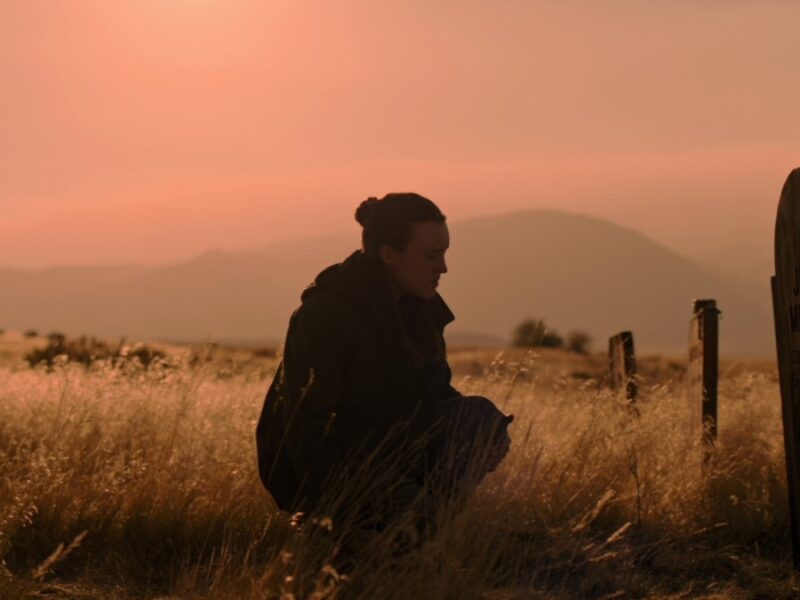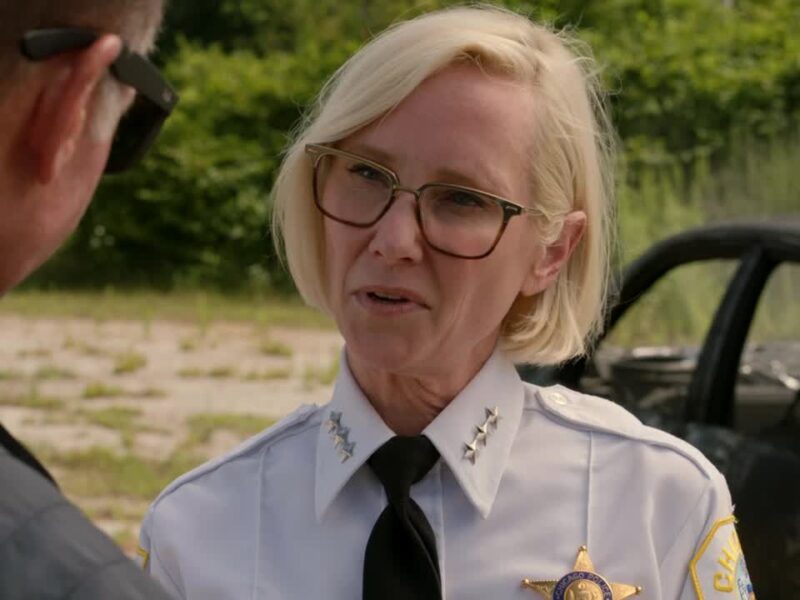The costumes of Andor Season 2 blend narrative and design, revealing emotional and political layers through each character’s wardrobe.
The second season of Andor has landed on Disney+ with a powerful blend of espionage, moral dilemmas, and battles for freedom, but one element that’s drawing just as much attention is the costume design. Spearheading this colossal task is Michael Wilkinson, Oscar-nominated costume designer, returning to the Star Wars universe with a more sophisticated and emotional vision than ever.
From the first minute, Wilkinson reminds us that every garment tells a story. Instead of sticking to a “Star Wars-y” aesthetic, his goal was to dress the characters in ways that reflect their emotional state, political context, and narrative arc. This level of detail turns the wardrobe into a narrative tool as powerful as any dialogue or action sequence.
Cassian Andor: From Pilot to Prisoner

In the opening episodes, we find Cassian (Diego Luna) infiltrating an Imperial facility in a modified TIE pilot uniform. This suit, with its red shoulder detail, symbolizes his covert mission and the danger it entails. Wilkinson tells StarWars.com that they designed up to ten versions of the same suit, each showing the progressive wear and tear Cassian endures, from a pristine arrival to the mud-stained, torn state by the end of the arc. “It was fun to map those different points on his journey,” he notes.
This uniform is not just functional—it expresses tension, emotional wear, and resilience. It becomes the symbolic skin of the protagonist, reminding us how far he’s willing to go for the Rebel cause.
Dedra Meero: Uniform Even at Home
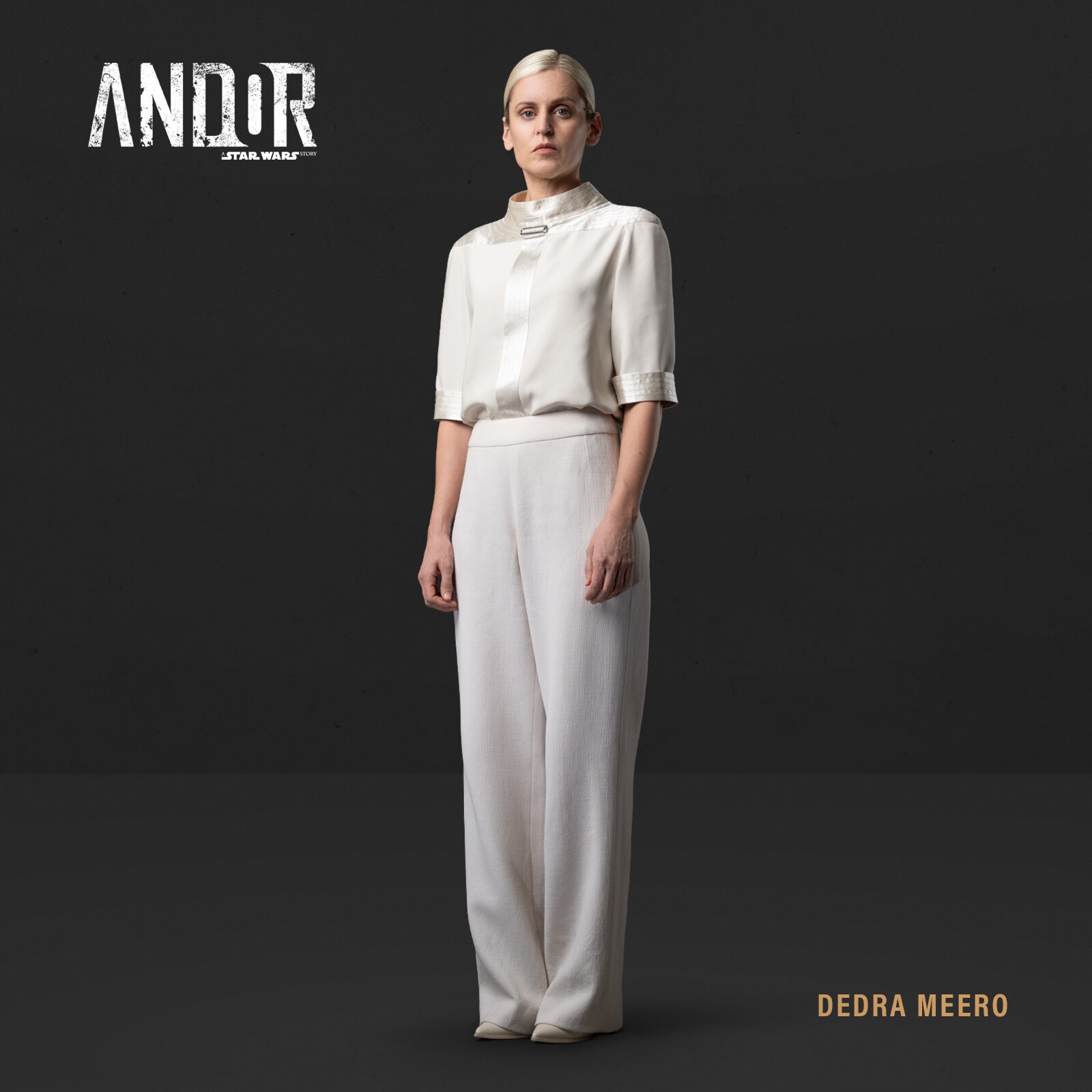
Imperial villain Dedra Meero, played by Denise Gough, also gains a new dimension. In Season 1, we only saw her in the highly tailored ISB uniform. This time, thanks to Tony Gilroy’s writing, we glimpse her personal life, including her relationship with Syril Karn.
For these scenes, Wilkinson and Gough crafted a wardrobe that, while more comfortable, retains the rigidity of her personality. “She believes so much in her morality that she can’t ever let it slip,” Wilkinson says. Her home outfits are soft echoes of her work uniform, always in black and ivory, reflecting a binary mindset and a life ruled by duty.
Chandrila: Tradition, Ritual, and Resistance
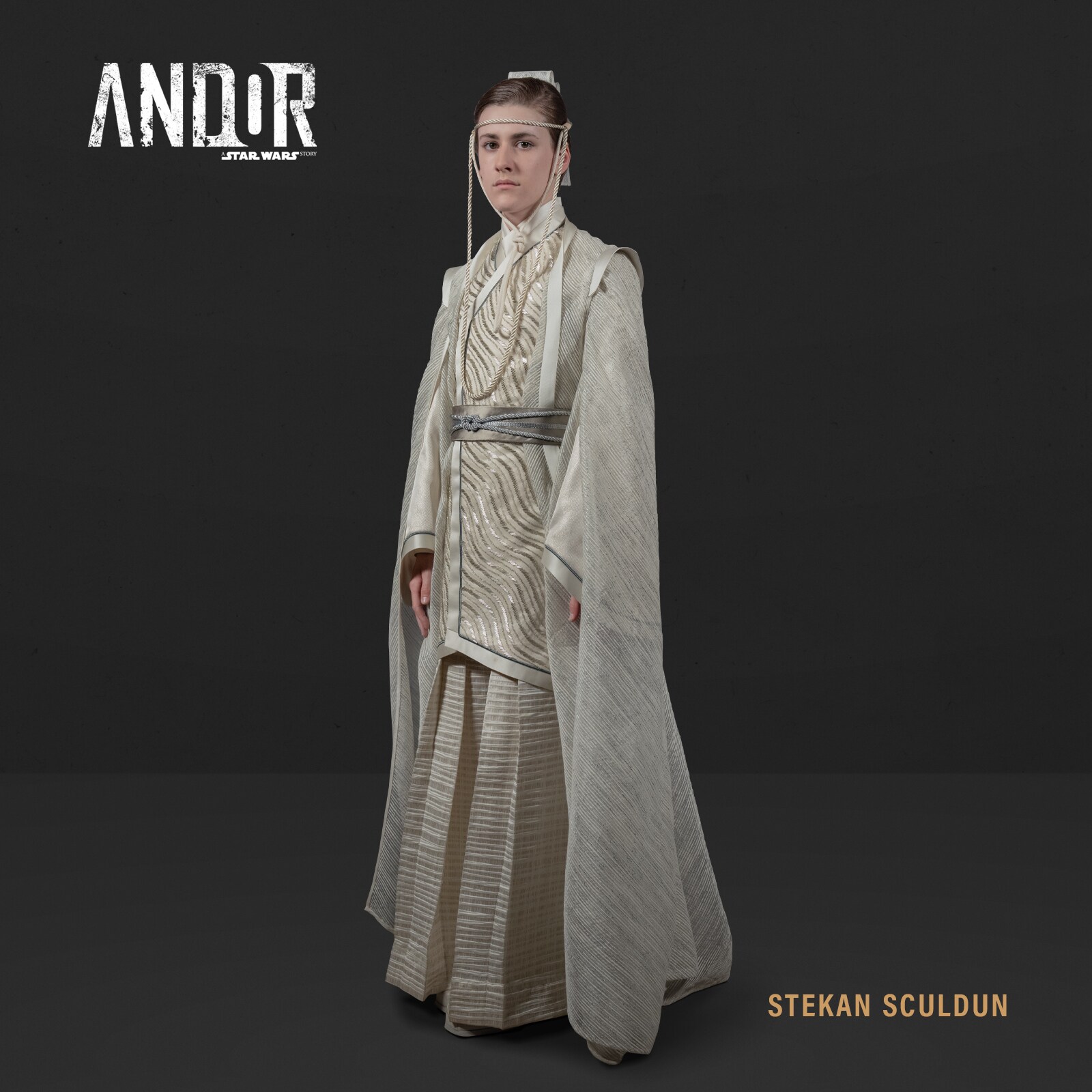
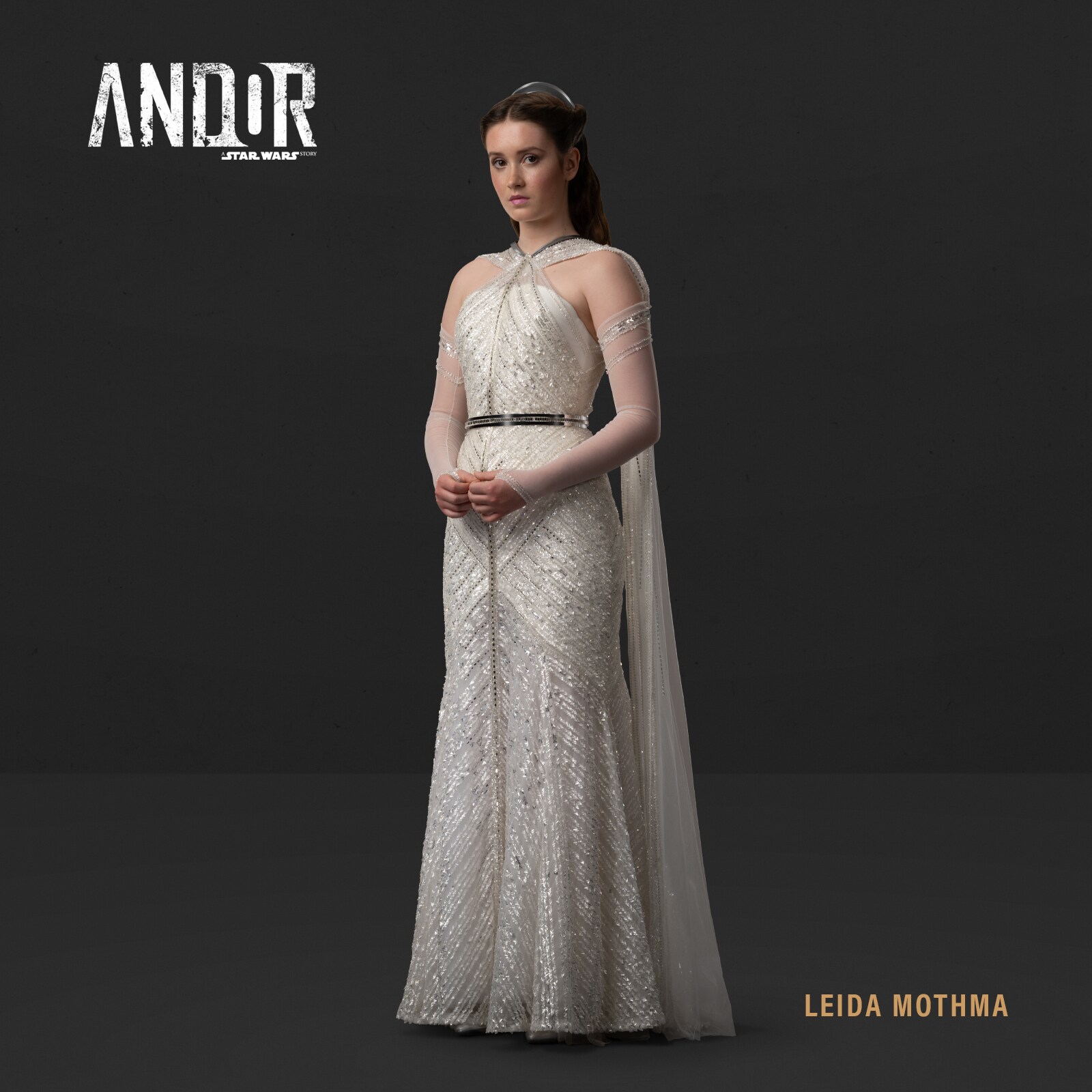
One of the season’s most visually stunning moments is the wedding of Leida Mothma and Stekan Sculdun. This event serves as a showcase for the culture of Chandrila, Mon Mothma’s home planet. Wilkinson drew inspiration from a fusion of Japan and Scandinavia to create a neutral color palette, shimmering textures, and choreographed silhouettes.
Mon Mothma (Genevieve O’Reilly), the bride’s mother and a central figure in the political resistance, changes outfits six times over the three-day ceremony. The designer used layers and translucent fabrics to symbolize her need to conceal emotions and alliances. Her final outfit, a flowing golden dress, punctuates a scene of emotional and political chaos, portraying her as a tragic figure amidst the splendor.
Bix, Krennic, and Humanity in the Details
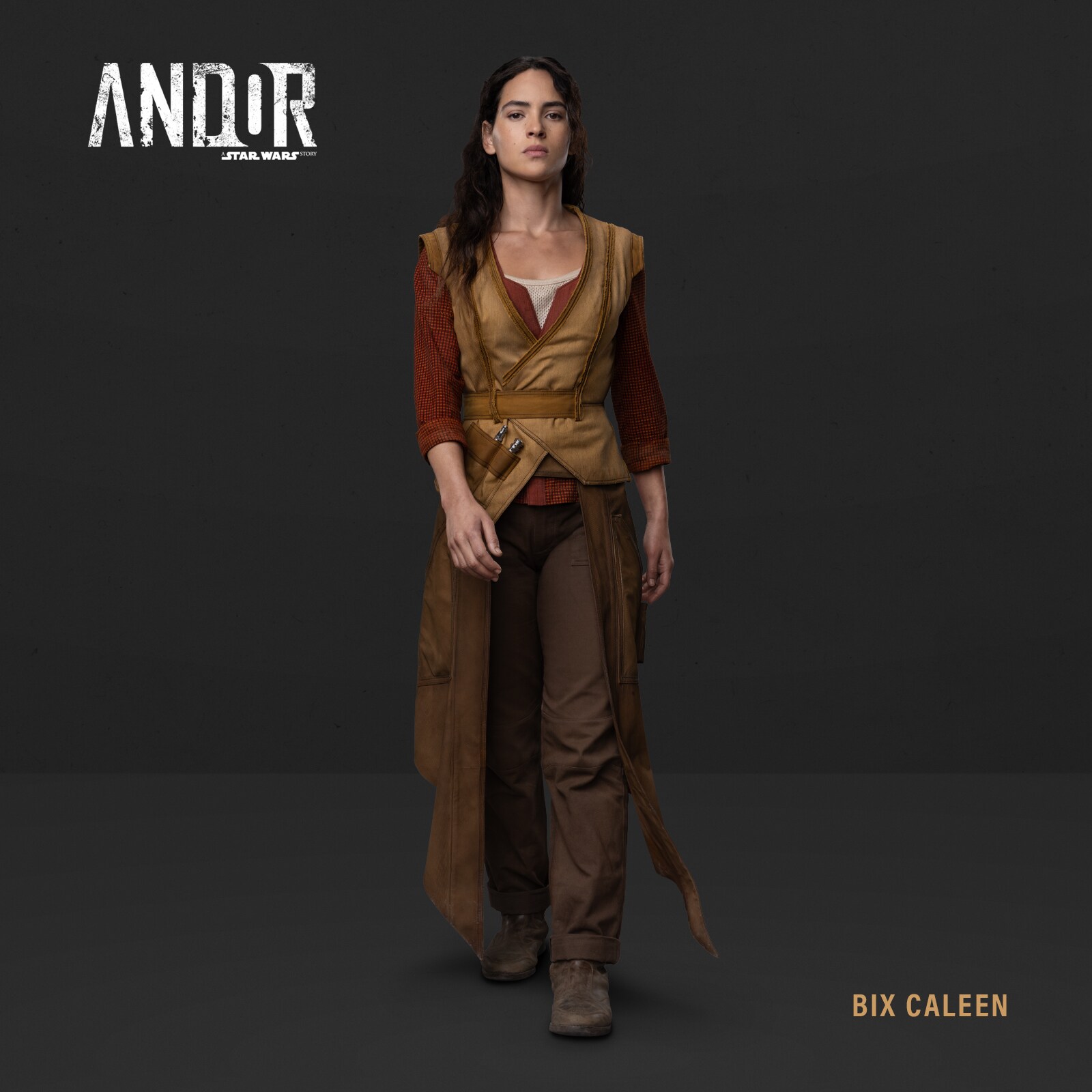

From the natural fibers in Bix Caleen’s (Adria Arjona) workwear on the rural planet Mina-Rau to the reinterpretation of Orson Krennic’s (Ben Mendelsohn) uniform, the costume team consistently seeks to bring depth and realism to Andor‘s universe. Every fabric, every seam, every accessory has a narrative purpose.
Krennic’s uniform, for instance, evolves into a more ceremonial cape suited for indoor settings, reflecting his bureaucratic power more than his military role. Bix’s outfit blends functionality with nostalgia, echoing her past life on Ferrix reimagined for survival.
Wilkinson has achieved something rare in the genre: making fashion tell stories. Season 2 of Andor proves that even in a galaxy far, far away, clothing can be a form of resistance.
